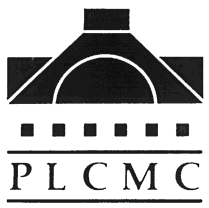Leadership
 The library is perceived as a leading and contributing partner in city activities. It also is seen as a means for obtaining trained information workers for business. Because of its very real contributions to tourism, the work force, and the information needs of the community, the library is supported by businesses and the general public alike. Charlotte likes to think of itself as the “can-do city.” This “can-do” attitude and the effective follow-through in making the technology relevant to the lives of citizens and the needs of business is primary in the library being seen as a key resource in Charlotte.
The library is perceived as a leading and contributing partner in city activities. It also is seen as a means for obtaining trained information workers for business. Because of its very real contributions to tourism, the work force, and the information needs of the community, the library is supported by businesses and the general public alike. Charlotte likes to think of itself as the “can-do city.” This “can-do” attitude and the effective follow-through in making the technology relevant to the lives of citizens and the needs of business is primary in the library being seen as a key resource in Charlotte.
Charlotte’s Web emerged from various initiatives for a community network and from a declared need for a local information provider that could augment dissemination of community information. When the time came for action, the library evolved as the institution to lead the management and expansion. Many people in the community understand that several other institutions could have assumed leadership of the community network. However, they deem it significant that the library stepped forward, asserted leadership when it was needed, and now carries on the network development and outreach throughout the community.
In many ways, the viewpoints and activities of users, volunteers, and staff members are quite similar. Users express a sense of ownership and personal pride in their uptown library, its branches, and the new technology. A corps of regular volunteers helps other users, volunteers, and staff to learn new software as it becomes available–from simple tasks like turning on a computer to the most complex challenges created by networking and Internet use. The spirit of cooperation and shared knowledge is demonstrated by staff as well. They are aware that only through the cooperation of the community could the public library have advanced to its current technology-rich state and could it continue to implement new branch buildings, services, and technology upgrades.

